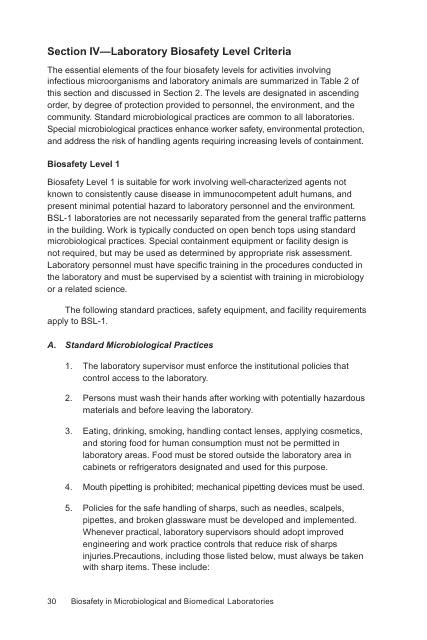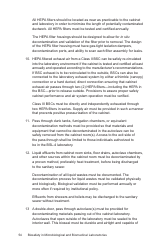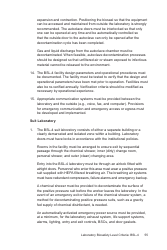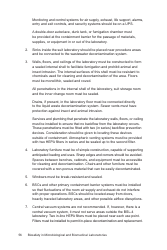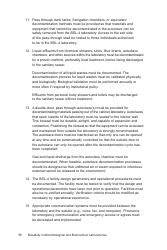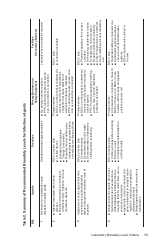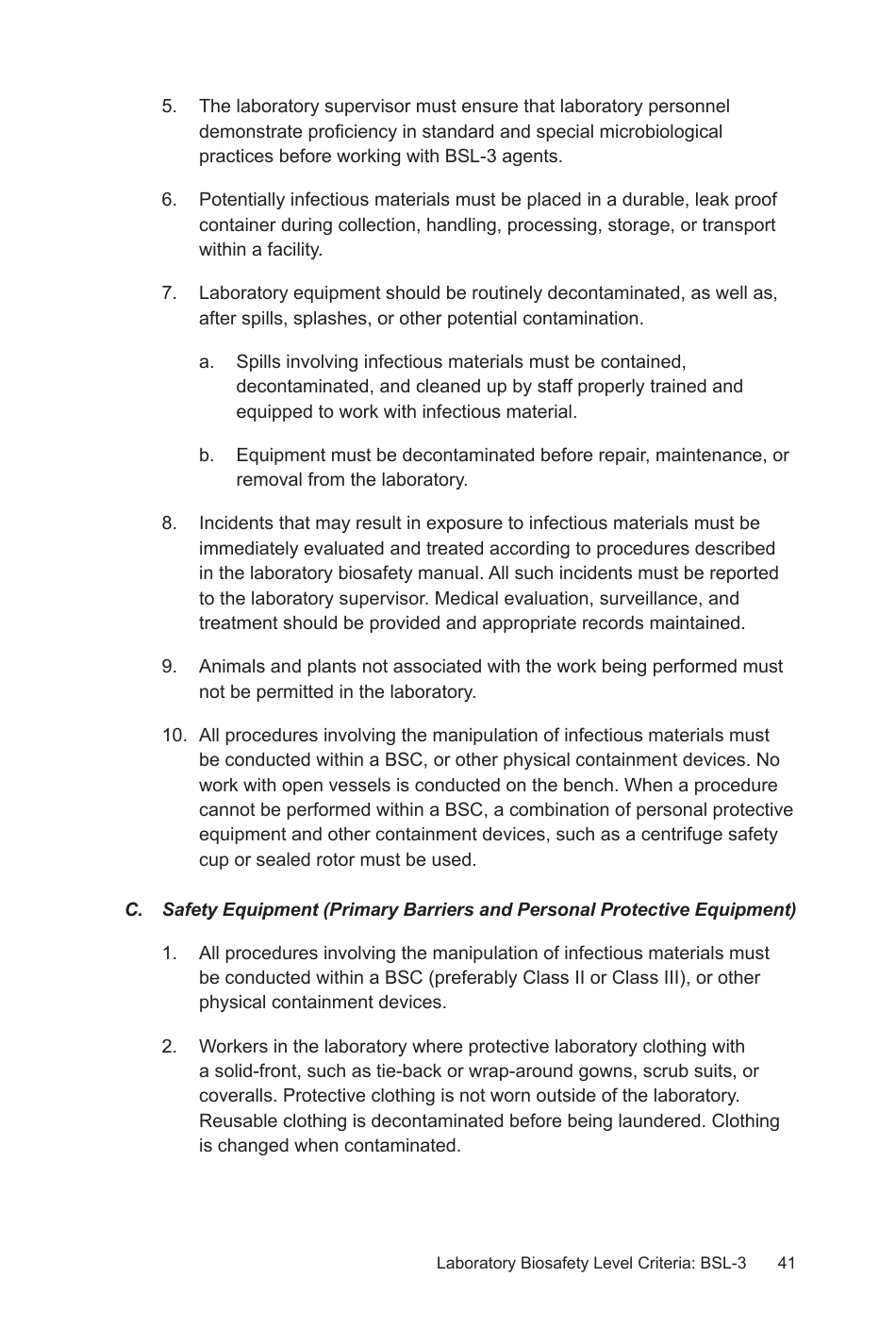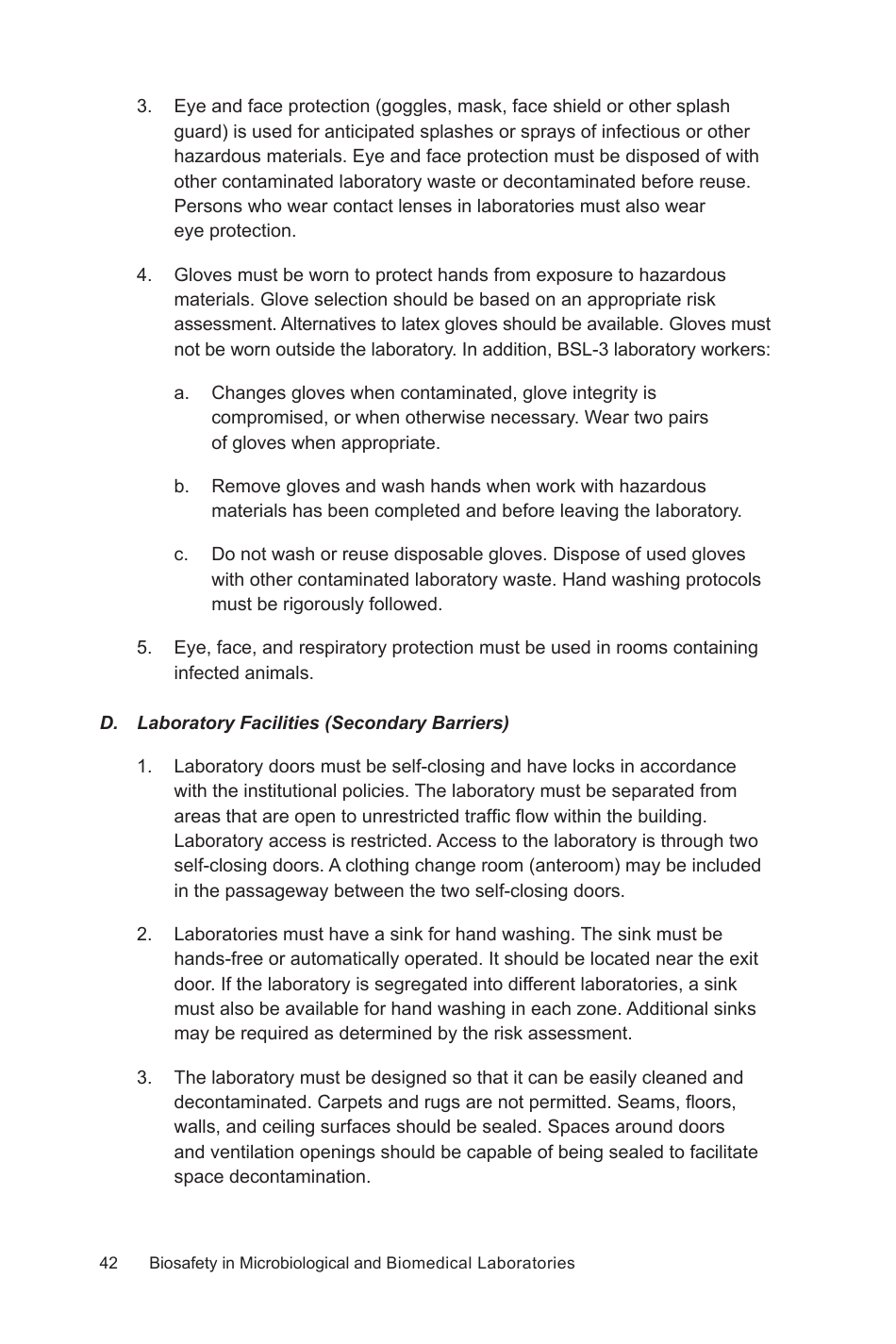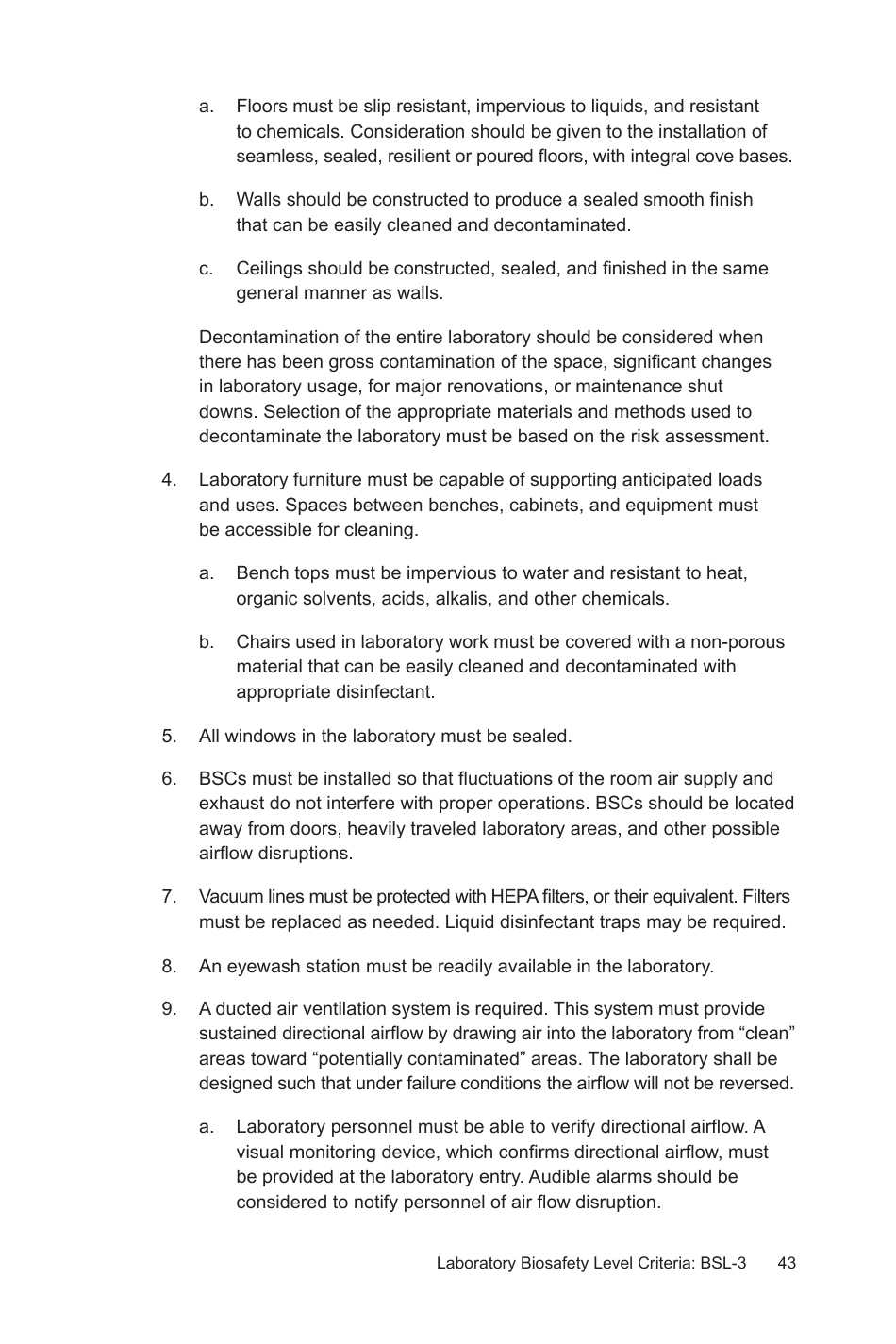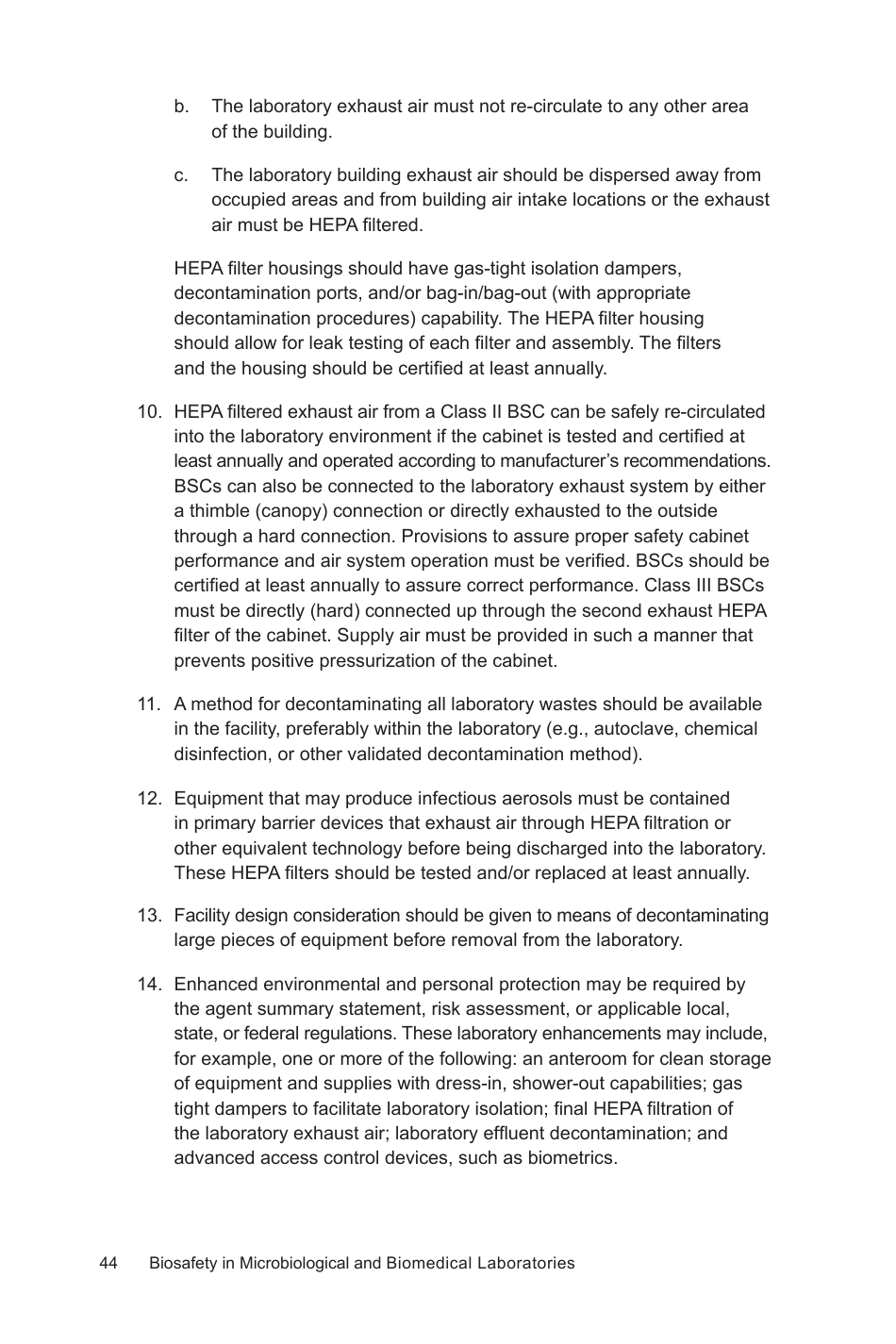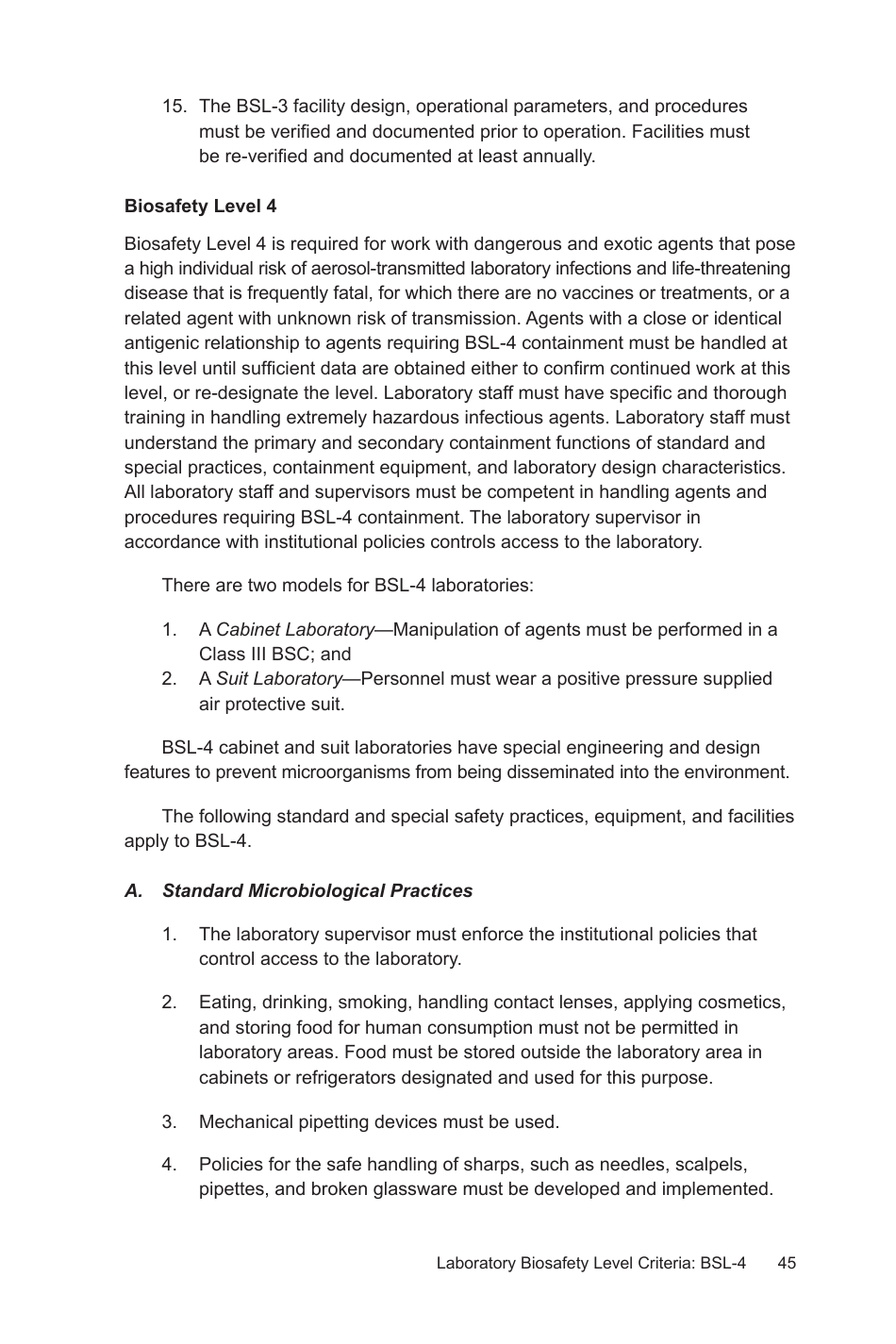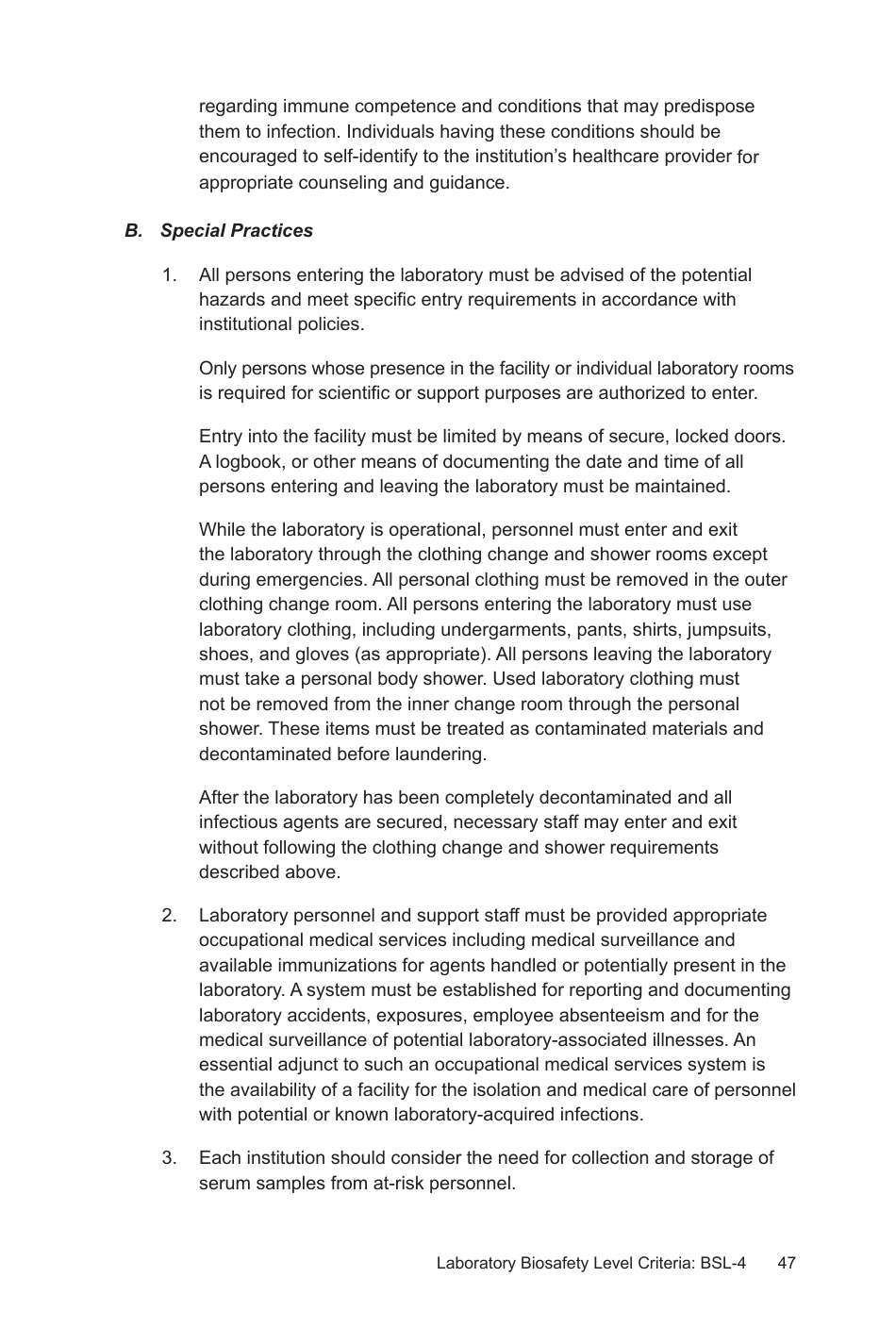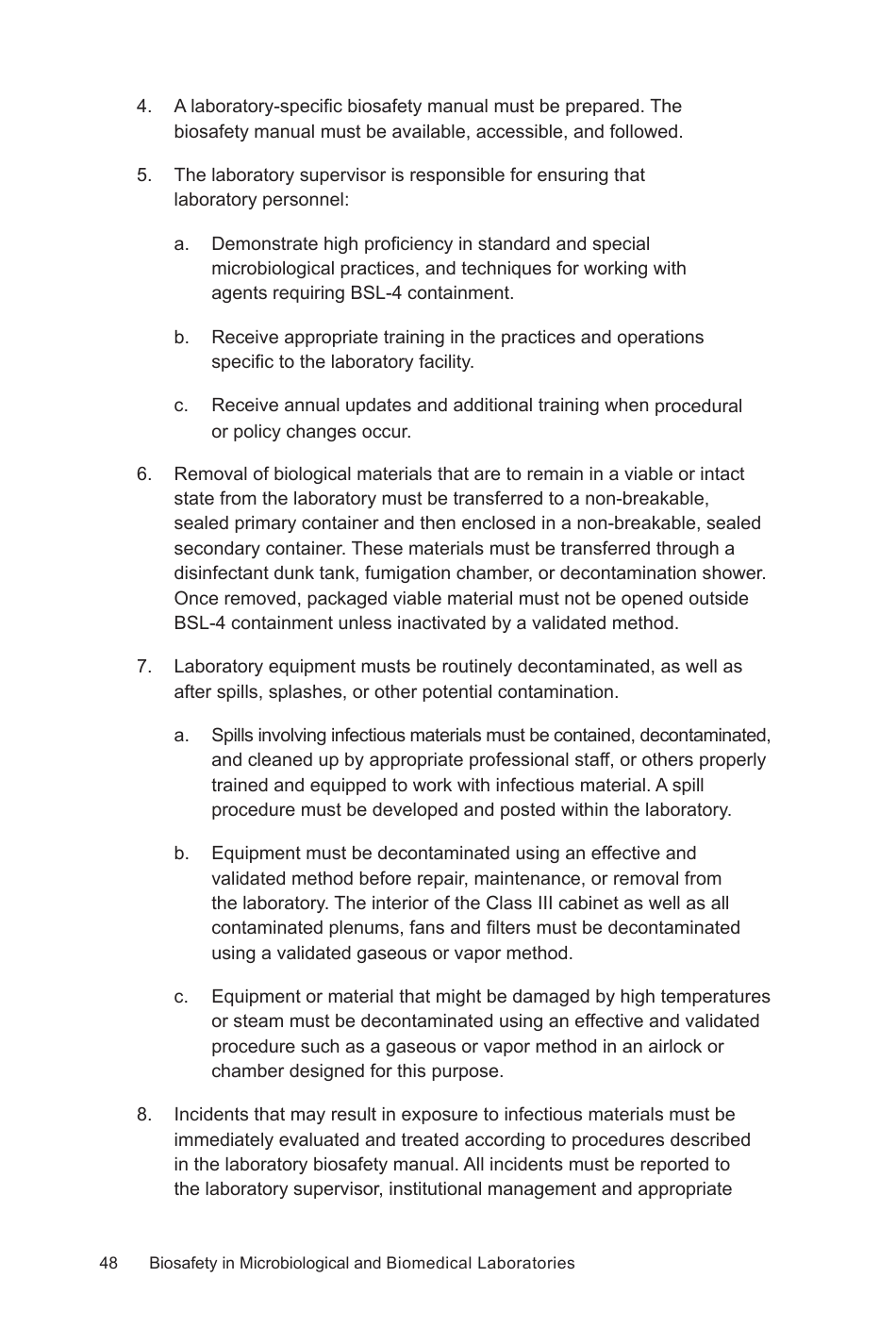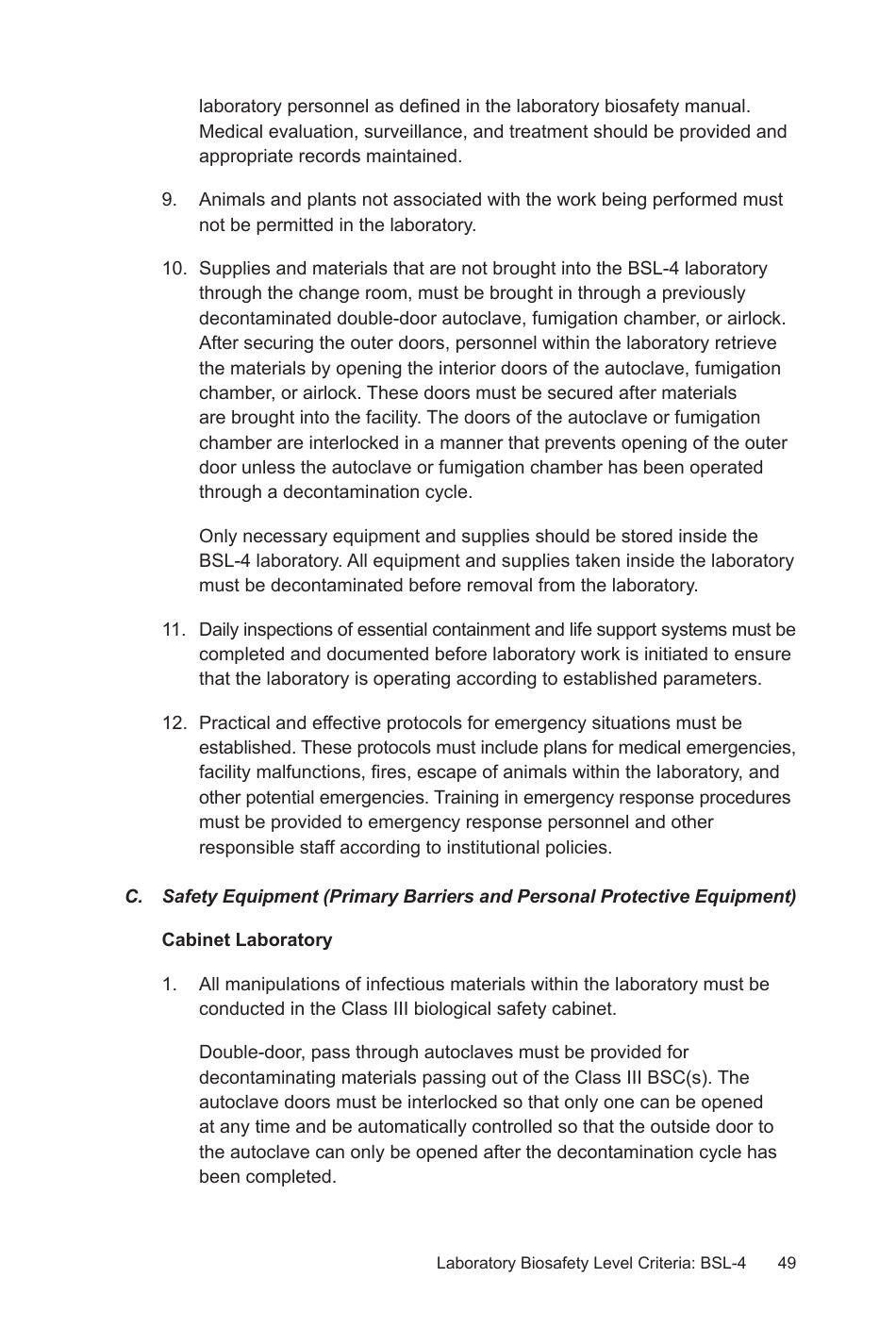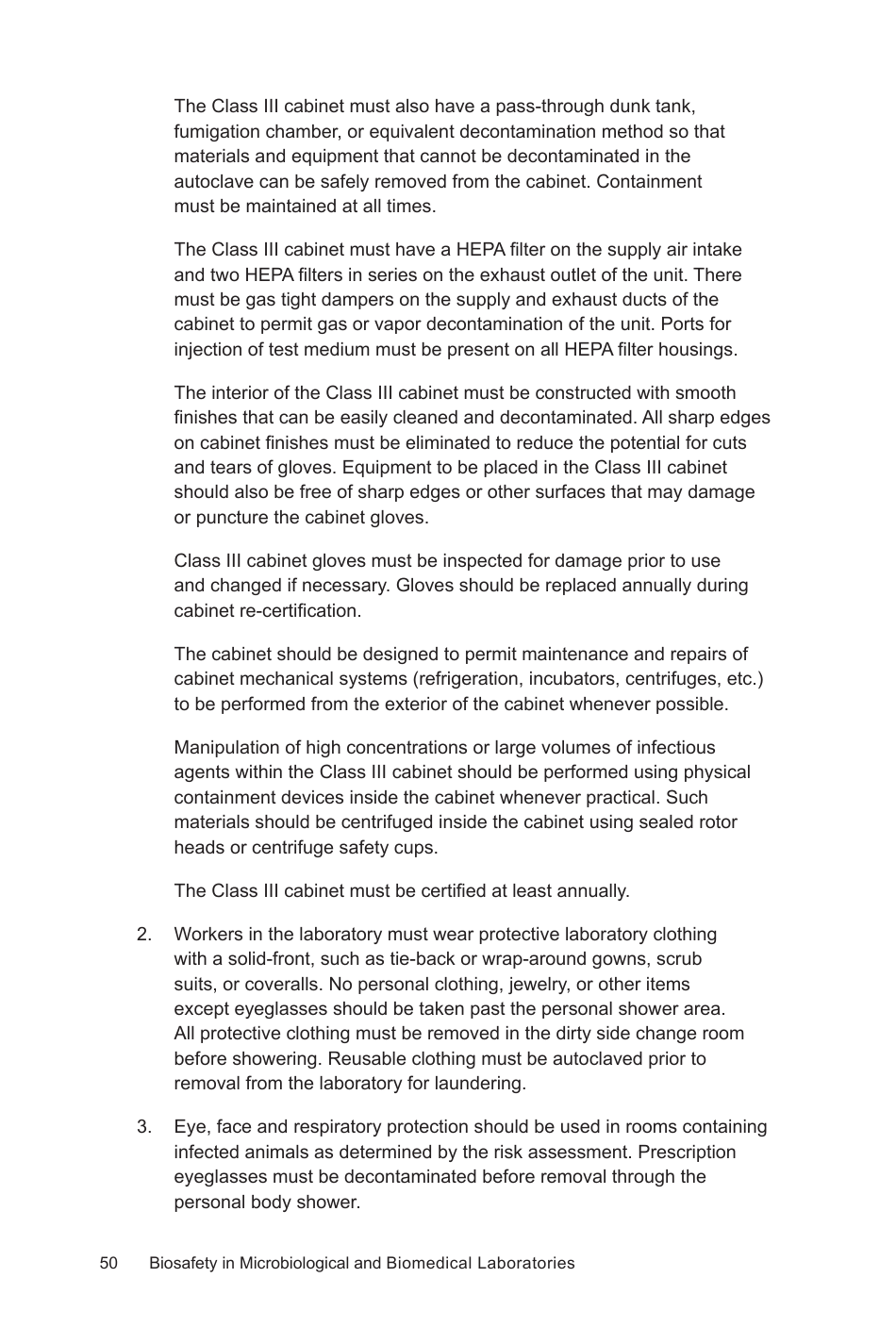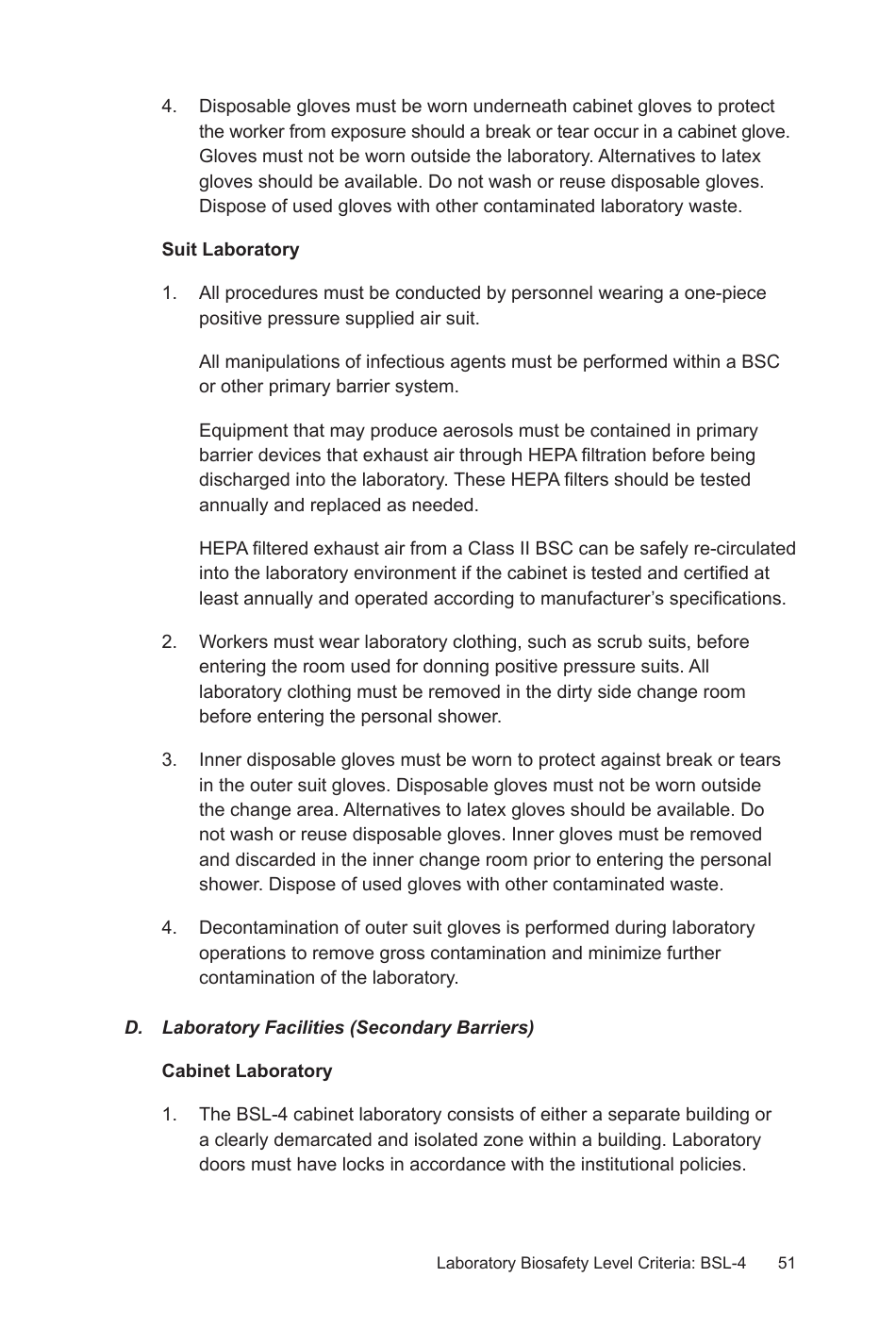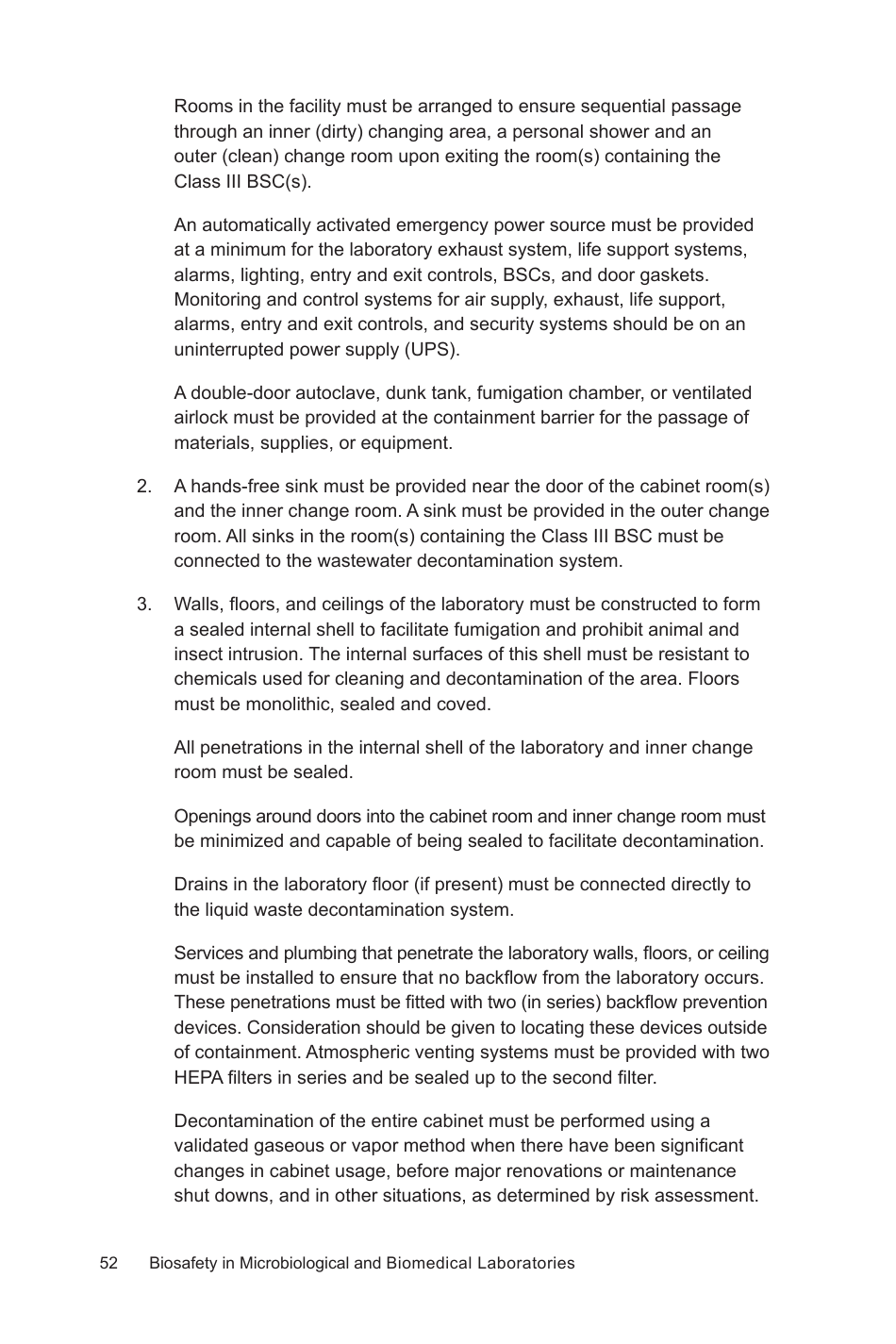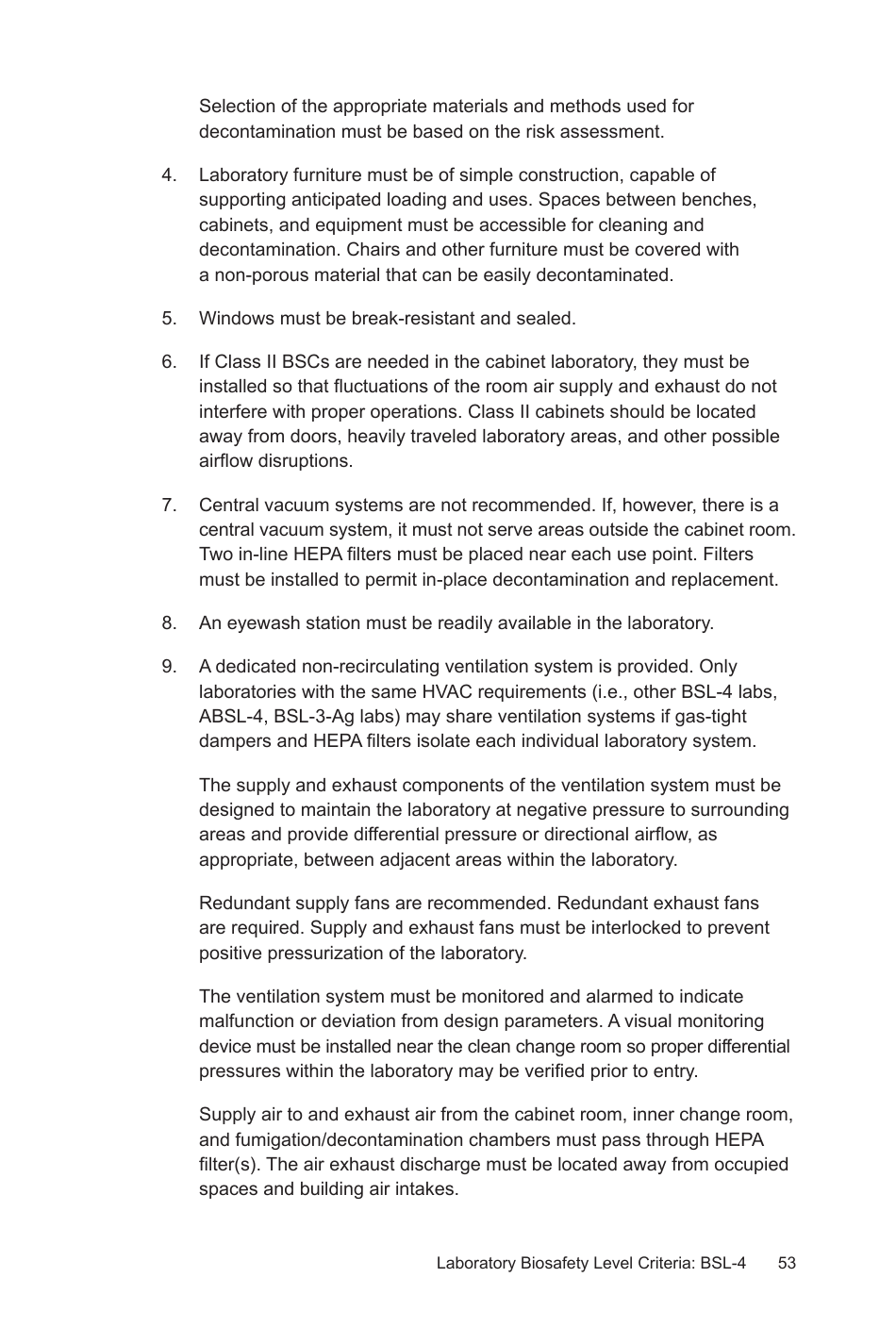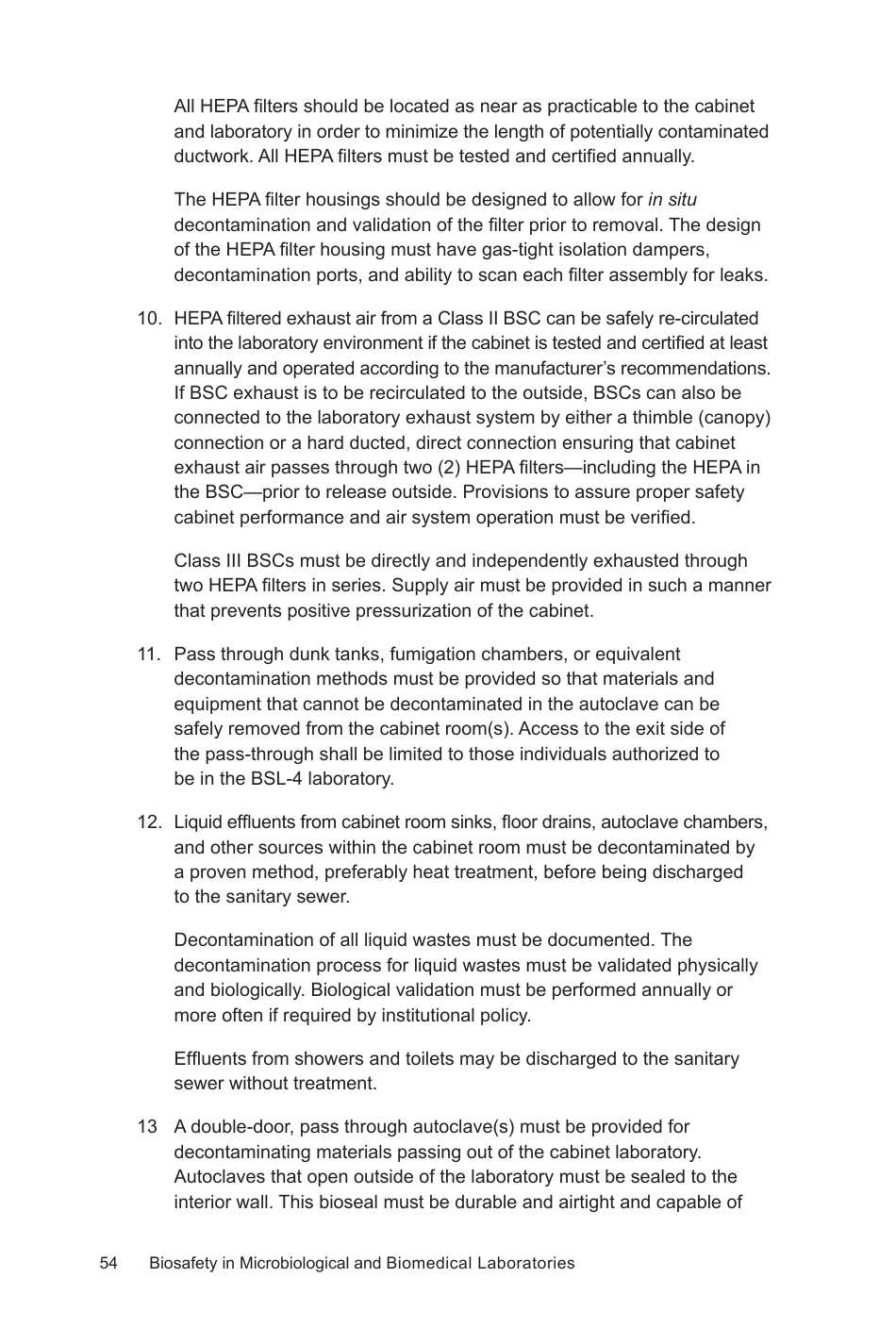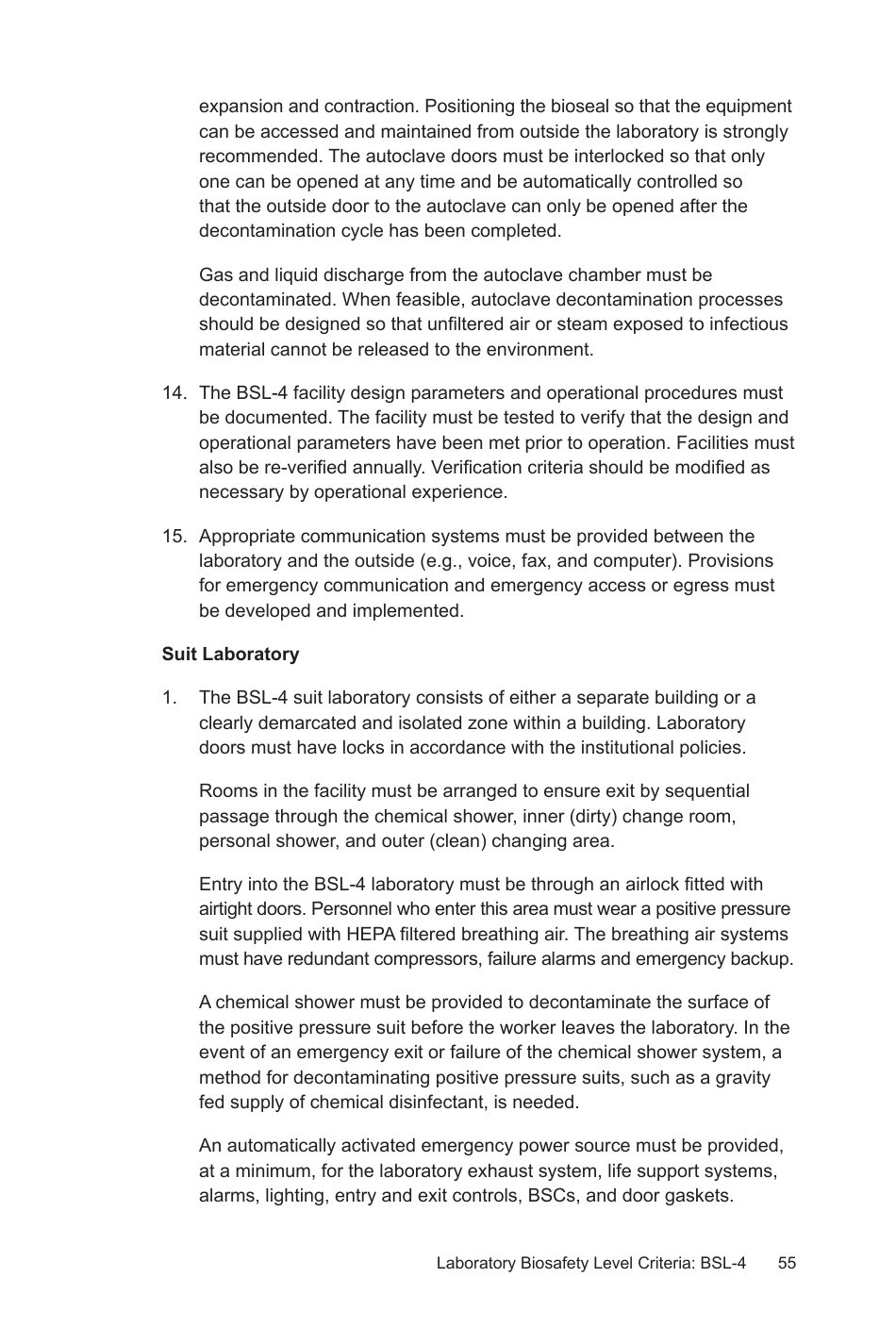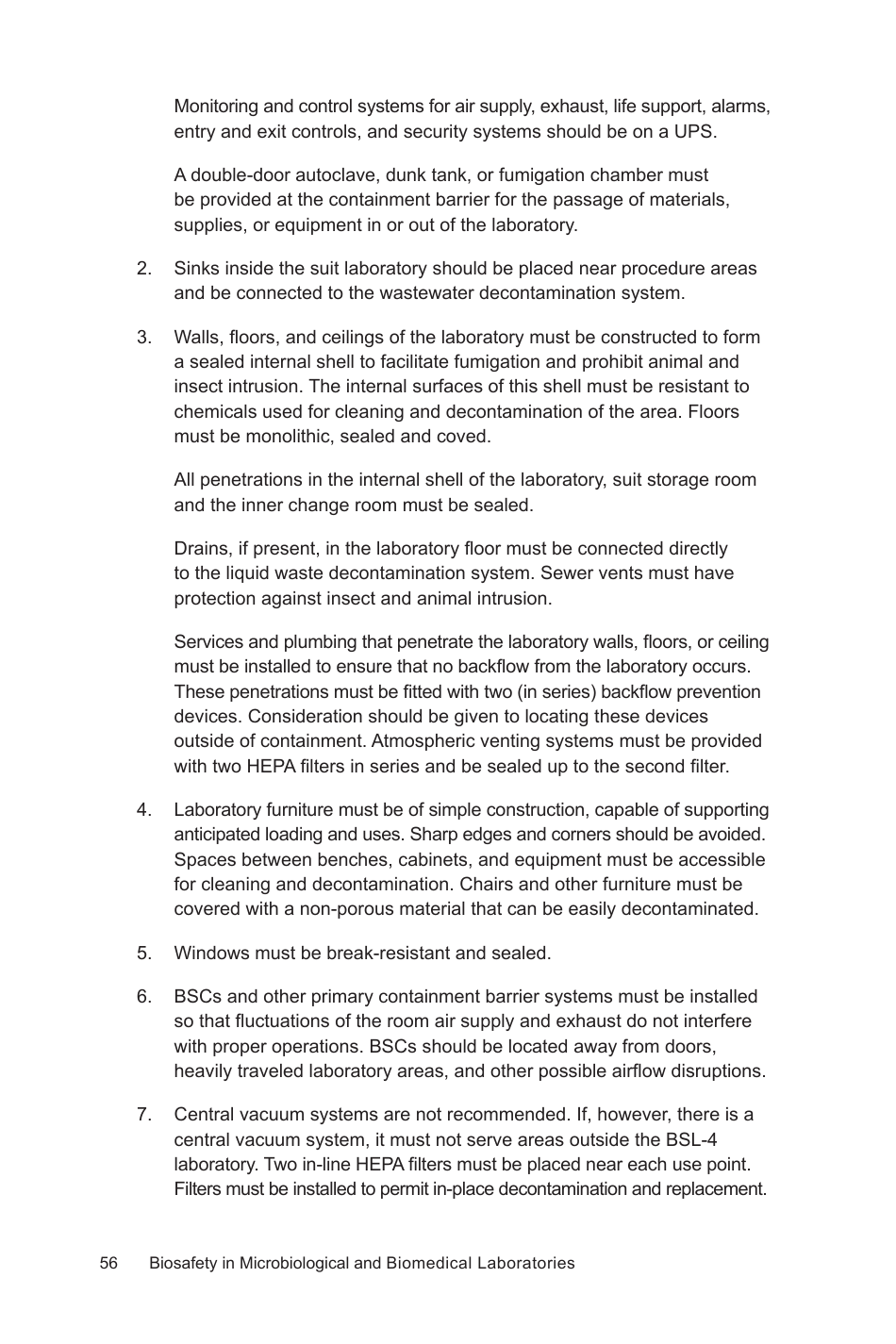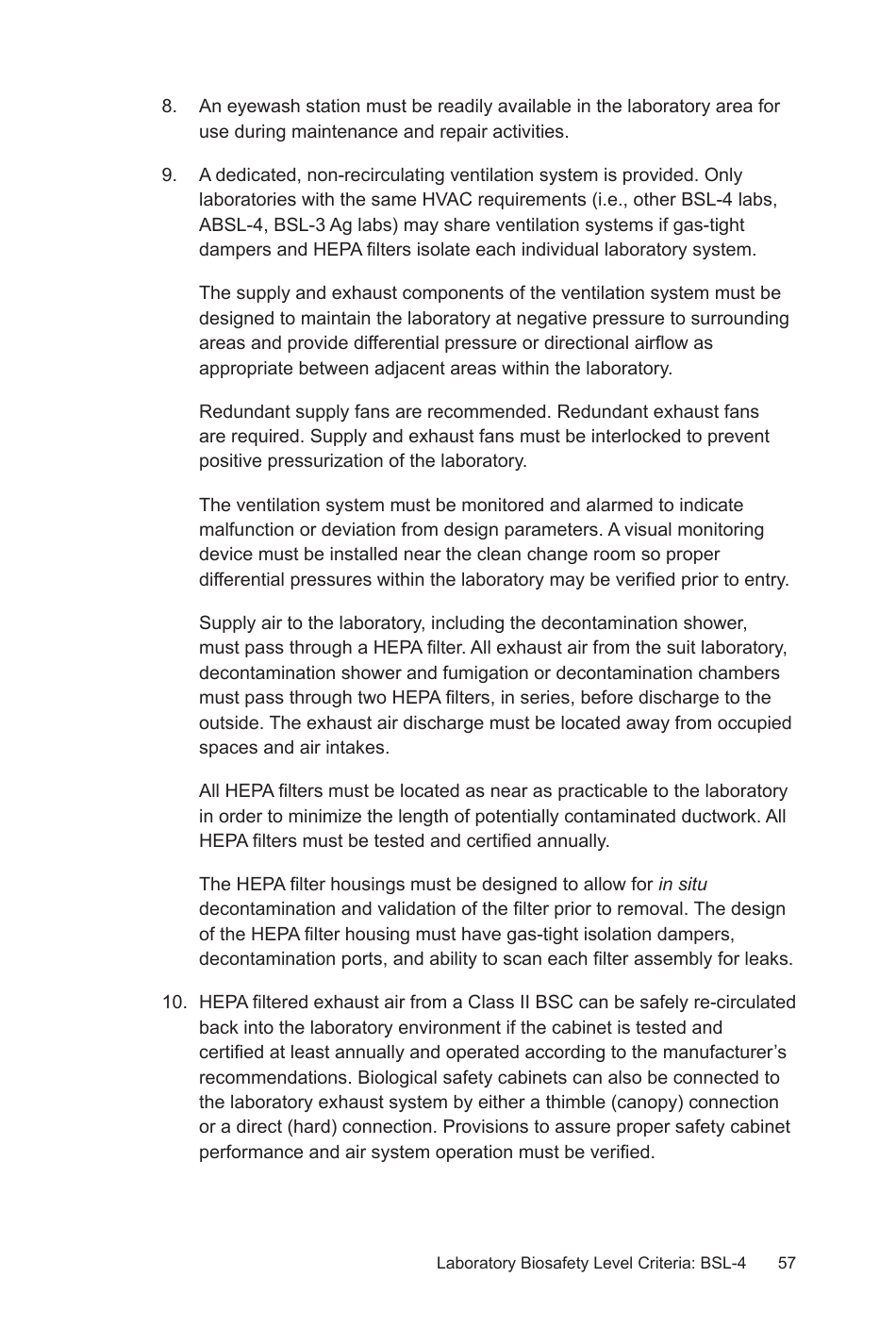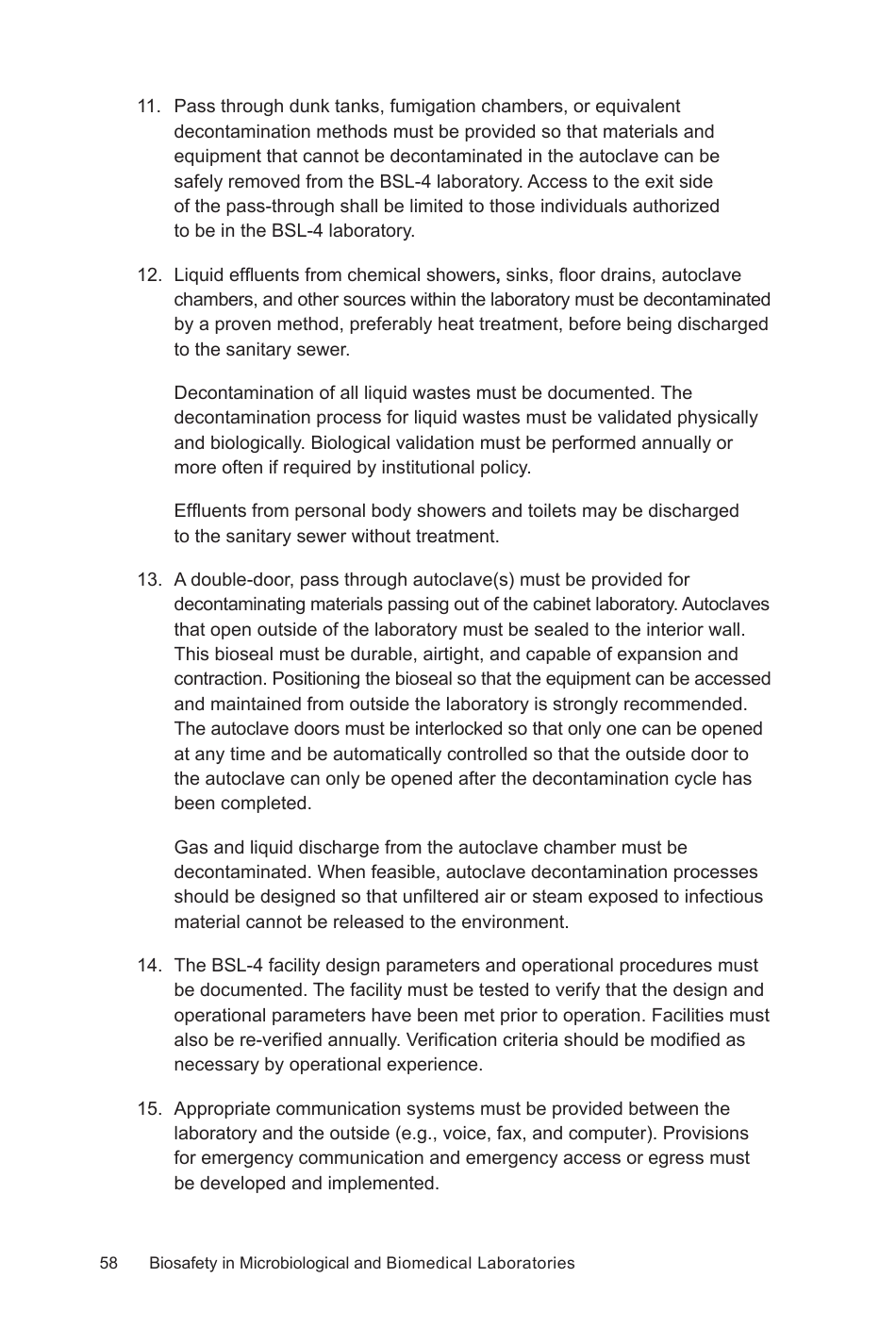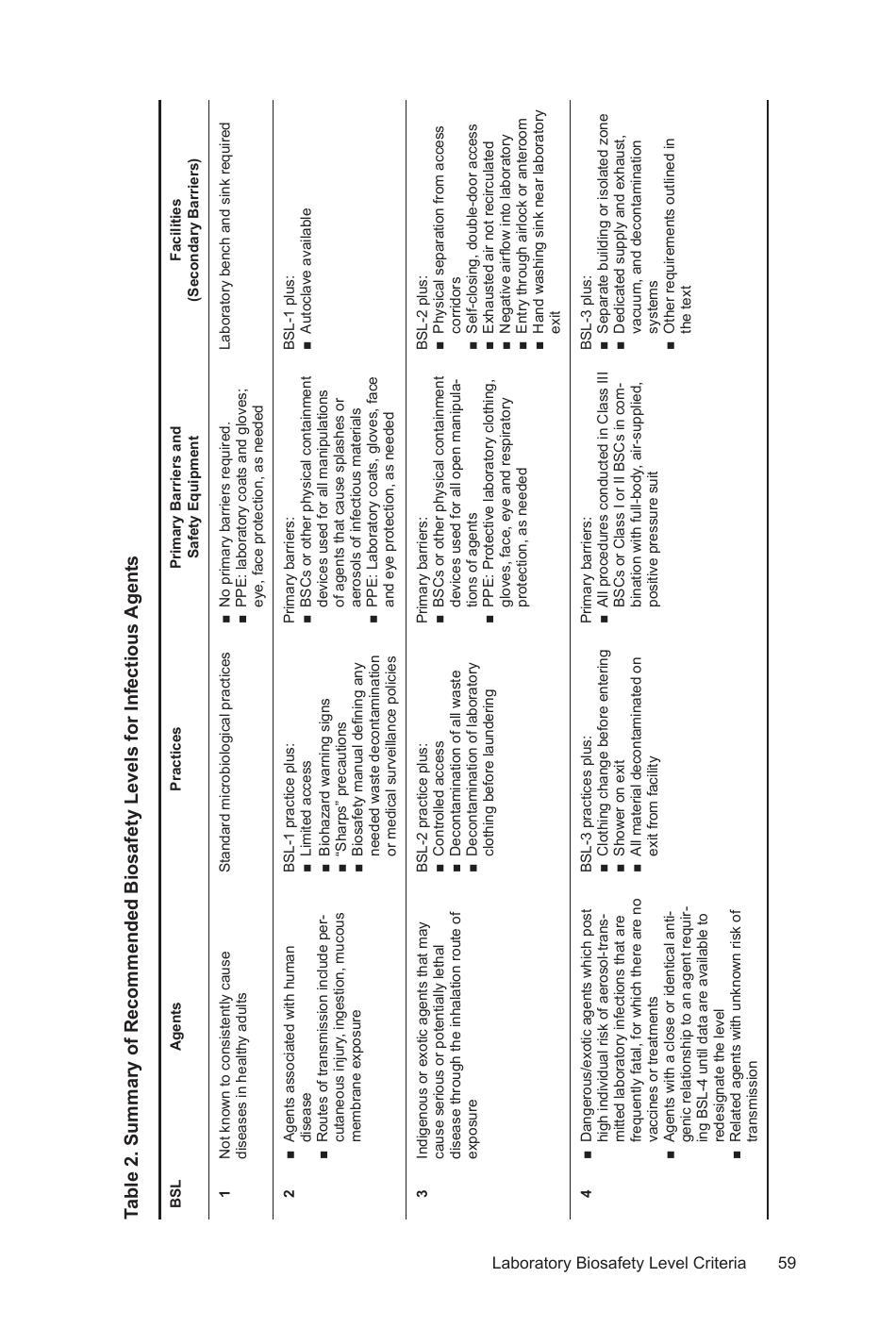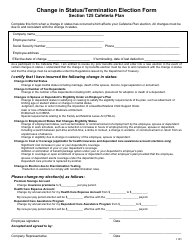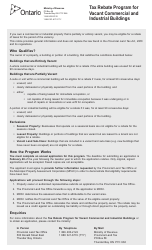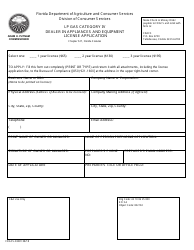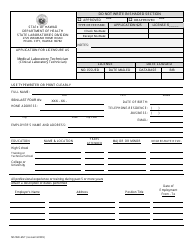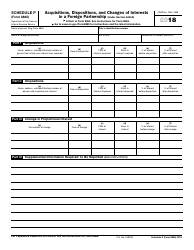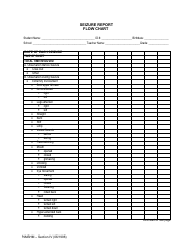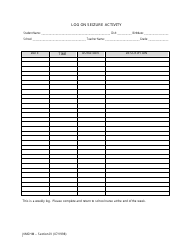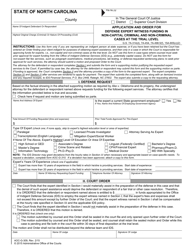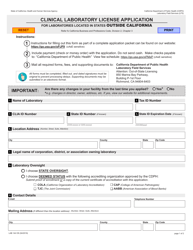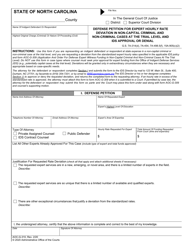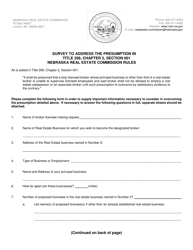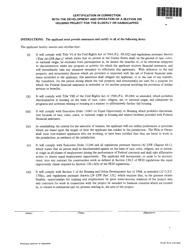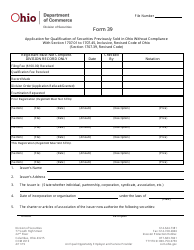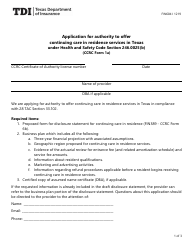Biosafety in Microbiological and Biomedical Laboratories: Section IV - Laboratory Biosafety Level Criteria
Biosafety in Microbiological and Biomedical Laboratories: Section IV - Laboratory Biosafety Level Criteria is a 30-page legal document that was released by the U.S. Department of Health and Human Services - Centers for Disease Control and Prevention and used nation-wide.
FAQ
Q: What is Biosafety Level (BSL) 1?
A: BSL-1 is the lowest level of biosafety. It is suitable for working with agents that pose minimal risk to laboratory personnel and the environment.
Q: What is Biosafety Level (BSL) 2?
A: BSL-2 is appropriate for agents that pose moderate hazards to personnel and the environment. It includes added precautions to minimize risk of exposure and transmission.
Q: What is Biosafety Level (BSL) 3?
A: BSL-3 is required for handling and studying microbes that can cause serious or potentially lethal diseases through inhalation. Special engineering and administrative controls are implemented to prevent accidental exposure.
Q: What is Biosafety Level (BSL) 4?
A: BSL-4 is the highest level of biosafety. It is used for working with agents that pose a high risk of life-threatening disease. Strict protocols, containment facilities, and specialized personnel are required to handle these agents.
Q: What are the criteria for biosafety levels?
A: Biosafety levels are determined based on the characteristics of the microorganisms or agents being handled, their potential risks to laboratory personnel and the environment, and the safety precautions needed to control those risks.
Q: Why are biosafety levels important?
A: Biosafety levels are crucial for ensuring the safe handling of potentially hazardous microorganisms and agents in laboratories. They help protect laboratory personnel, prevent accidental release of pathogens, and minimize the risk of spreading diseases.
Form Details:
- The latest edition currently provided by the U.S. Department of Health and Human Services - Centers for Disease Control and Prevention;
- Ready to use and print;
- Easy to customize;
- Compatible with most PDF-viewing applications;
- Fill out the form in our online filing application.
Download a printable version of the form by clicking the link below or browse more legal forms and templates provided by the issuing department.
